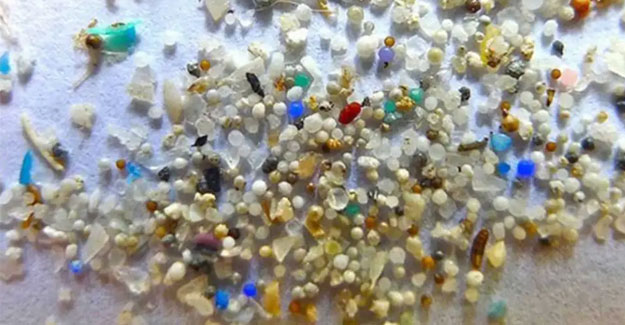
Fabric Makers Are Minimising Microplastics
Synthetic fibres contribute in a critical way to polluting our environment with microplastics. Now fabric manufacturers have reacted to this problem and introduced a number of new solutions to the market. Polartec: five times less loss of fibre With its launch of Polartec Power Air, the largest fleece producer in the world presents a fabric that has excellent functional properties and promises a five times lower fibre loss than other premium midlayer textiles. Fluffy fleece fabrics have been popular for so long because the low pile knit construction is great for storing heat. The long, exposed fibres can come loose though when worn or washed. With Polartec Power Air, a revolutionary new knit construction has been developed, which traps fibres through two surfaces that form individual air pockets, which store heat at the same time. Pontetorto: biodegradable cellulose fibres Italian fabric manufacturer Pontetorto presented the world's first fleece fabric with a roughened inside last year whose fibres are biodegradable, even in seawater. Thus, Biopile is the first fleece fabric whose fibre web does not secrete dangerous microplastics because it consists 100% of the wood cellulose fibre Tencel by Austrian textile and cellulose fibre producer Lenzing Group. Tencel is biodegradable and decomposes in any environment in about 90 days without residue. However, (recycled) polyester is used on the smooth outside of the fabric. The fabric was developed together with the outdoor company Vaude and was awarded the Eco Performance Award by textile trade fair Performance Days. PrimaLoft Bio: decomposition by bacteria PrimaLoft, Inc., one of the leading providers of insulation fibres, has presented the first synthetic insulation completely made out of recycled and biodegradable fibres with its PrimaLoft Bio. Biodegradable here means that the fibre decomposes almost completely after just over a year under landfill conditions. Conventional polyester fibres require many decades to do so. The new fibre will be on the market from autumn 2020. The new biofibre was made possible through a special treatment that makes it more attractive to naturally occurring microbes in landfills or in the oceans. These microbes digest the fibres faster and make sure that they decompose and thus find their way back into nature. The biodegradation process leaves behind only water, methane, CO2 and biomass (dead organisms, organic residues).
Textile Excellence
If you wish to Subscribe to Textile Excellence Print Edition, kindly fill in the below form and we shall get back to you with details.








